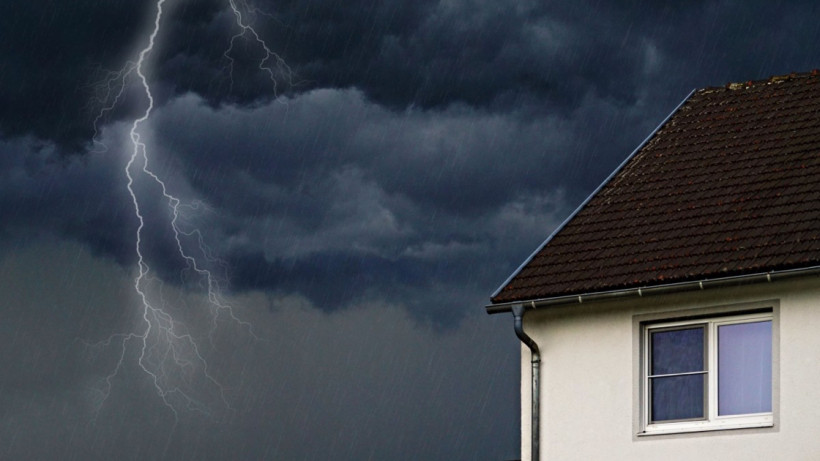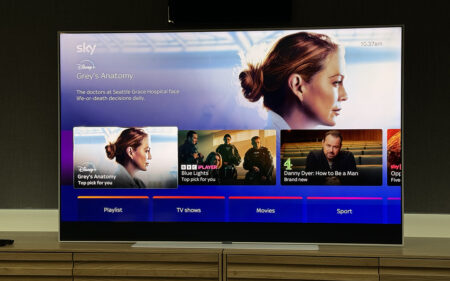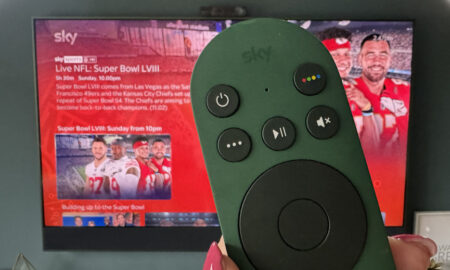Why we can't trust the future of the smart home to the cloud
When Google announced it was closing Works With Nest, the smart home died a little. While it was far from perfect, the service hinted at the real benefit of the connected home, one where everything could work together, an open ecosystem that put the homeowner in control. And now it’s gone.
But I’m not here to lament the demise of that somewhat wonky ecosystem (which officially ends tomorrow, August 31), I’m here to sound a warning to smart home users: The cloud is not your friend, and it’s definitely not free.
The death of WWN shows us that what companies can give through the connected nature of smart devices, they can also take away. Or suddenly ask you for money for.
Read this: How to migrate your Nest account to Google
By ending WWN, Google removed functionality from my thermostat. My Philips Hue lights now no longer turn off when my Nest thinks the house is empty, and my Rachio sprinkler controller won’t turn on my irrigation system if my Nest Protect detects my house in on fire. Features I used are gone. And Google is not the only culprit.
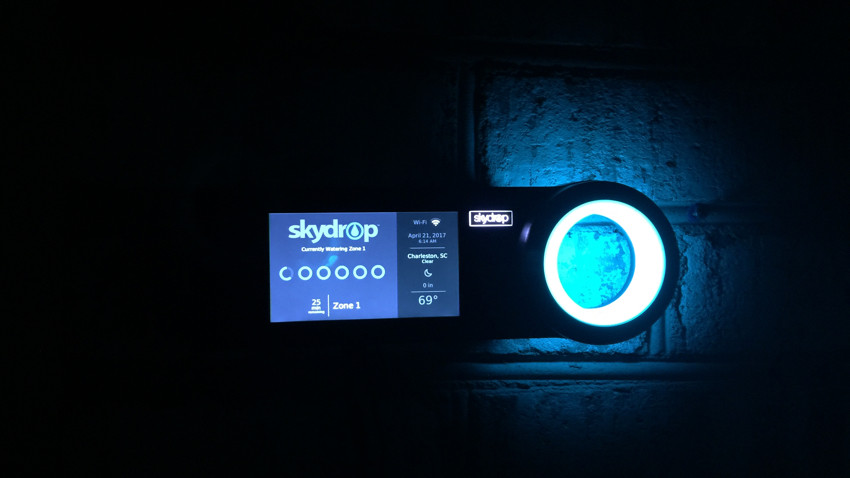
What can be given, can be taken away
Skydrop – a $250 smart sprinkler controller that positioned itself as the Nest for your garden with its showy, glow-y blue ring – recently sent out an update that locked its users out of the app. You want to keep controlling your sprinklers with your phone? Then you need to pay us money, they said.
By ending WWN, Google removed functionality from my thermostat
GLAS, the high-end smart thermostat from Johnson Controls, just lost the built-in Cortana voice assistant, a feature much-touted when it first launched. The company told users: Hey, don’t worry you can still use Alexa and the Google Assistant.
But what if I wanted to run my home on Cortana, what if that’s why I bought this $300 device? I know that’s unlikely, but still.
Another recent casualty is the Leeo Smart Alert, a coloured LED nightlight that listens for smoke alarms and calls you when it hears one. This week it announced in an email it was going to shut down its service in September, unless it could find a buyer, leaving its users with a fairly useless $50 nightlight (or $99 one if you bought it early on).
Bricked, connected devices are nothing new, as owners of the Revolv Smart Home hub will attest. One of the first casualties of this cloud conundrum, the expensive smart home hub went offline way back in 2016 after Google (them again) purchased it, leaving its users with a device less useful than a container of hummus.
More recently, Lowe’s smart home hub Iris shut down earlier this year, and while Lowe’s admirably assisted in moving its users to new platforms and reimbursed them for their troubles, this concept that devices in our home, bought to do a specific job, can one day no longer do that job, through no fault of their own… well, it’s not a good look for the smart home, is it? If they can be changed into something entirely different at any time, then we don’t really own these products we bought and paid for.
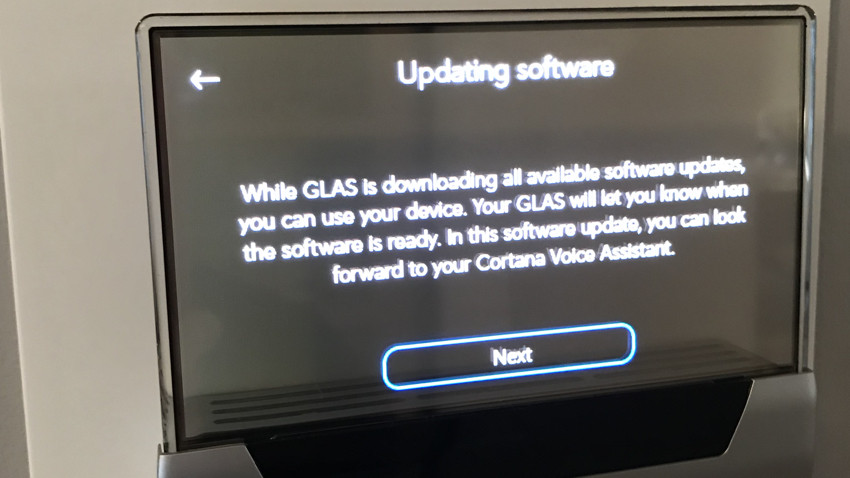
The cloud costs – so who is going to pay for it?
While clearly not the problem for Google, one issue here is cost. So many companies jumped on the smart home bandwagon early on, offering these great services to their users for free, having not factored in the long-term costs of running and maintaining them once the money they made from selling the devices runs out.
Skydrop and Leeo both cited increased costs associated with maintaining the cloud for their changes.
“Leeo is running out of money. It takes money to run the Smart Alert network,” the company’s founders said in an email to users. “Except for our ‘loud noise’ feature subscribers, the network has been operated and maintained by the company at no cost to Smart Alert customers.”
In a mea culpa a few weeks after announcing its subscription plan, Skydrop admitted its owners had discontinued operations, and they were desperately looking for alternative ways to keep things up and running.
Get ready to pay for the cloud-connected services you use
Storing all the data needed to control your smart devices costs. According to a report by Zion Market Research, the global next-generation data storage market will reach $115 billion by 2025, and guess who’s going to pay for that?
While there are solutions that could help defer these increasing cloud costs – moving more data processing to edge computing for one – smart home users need to get ready to pay for the cloud-connected services they use, if they want them to be around for much longer.
Even Wyze, the low-cost smart home devices manufacturer, is hinting that it will start charging for features at some point, and many of the larger names already charge fees for extra features – Nest Aware, Ring Protect, even Amazon’s cloud cam has a monthly fee.
For too long smart home manufacturers have been enticing users with promise of these amazing devices that actually get smarter as they sit in your house, thanks to over-the-air-updates, without fully-disclosing – or in some cases, even knowing – that for your smart thermostat to keep working the way it does for the next 30 years, someone is going to have to pay for it.
A shrinking smart home with expanding prices
The reality here is that the smart home will shrink. It will be run by the four or five major players who can afford to keep these data systems up and running, and who aren’t reliant on small, monthly payments for their bottom line.
The upstarts, the renegades, the scrappy little companies like Leeo and Skydrop will wither on the vine or be plucked off by the big guys as they fatten themselves up. The business model of consumers paying 20 or 30 monthly micro subscriptions to keep these companies running just isn’t sustainable.
Consequently, that open ecosystem where all our devices work with each other and we, the homeowners, are in control of how we shape our connected home, looks more and more like a fairy tale. Instead, most of us will run our home’s through one platform – Google, Alexa, HomeKit or SmartThings – buying only the devices they say we can buy, and hoping that they’ll deign to work with each other so we can still turn our thermostat up with our voice.


